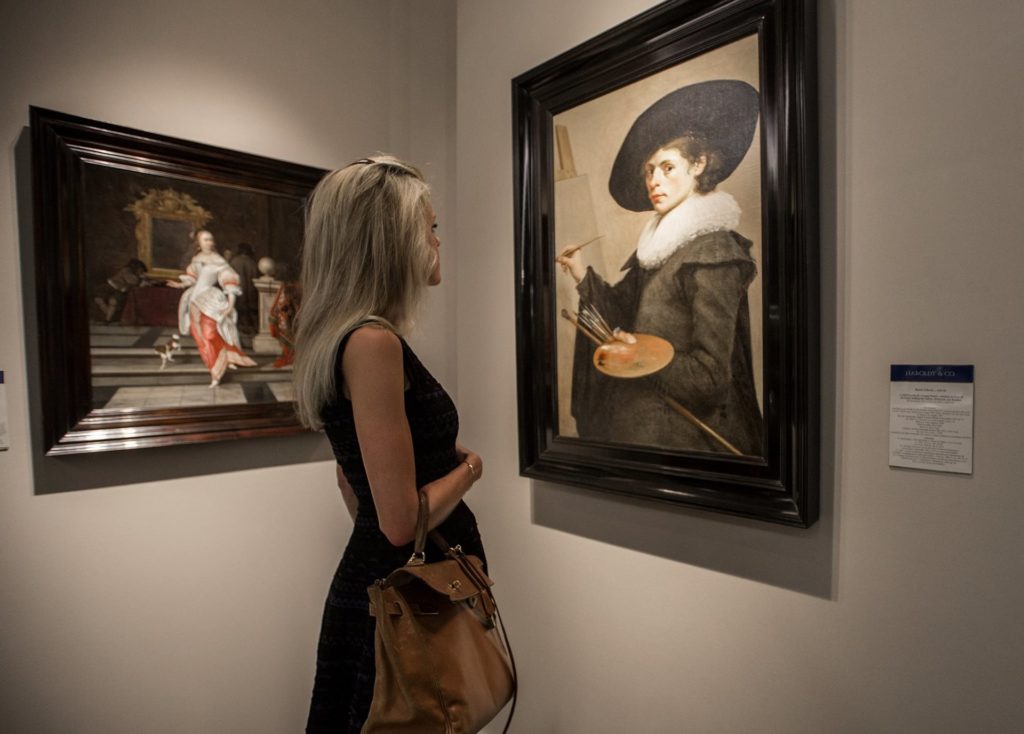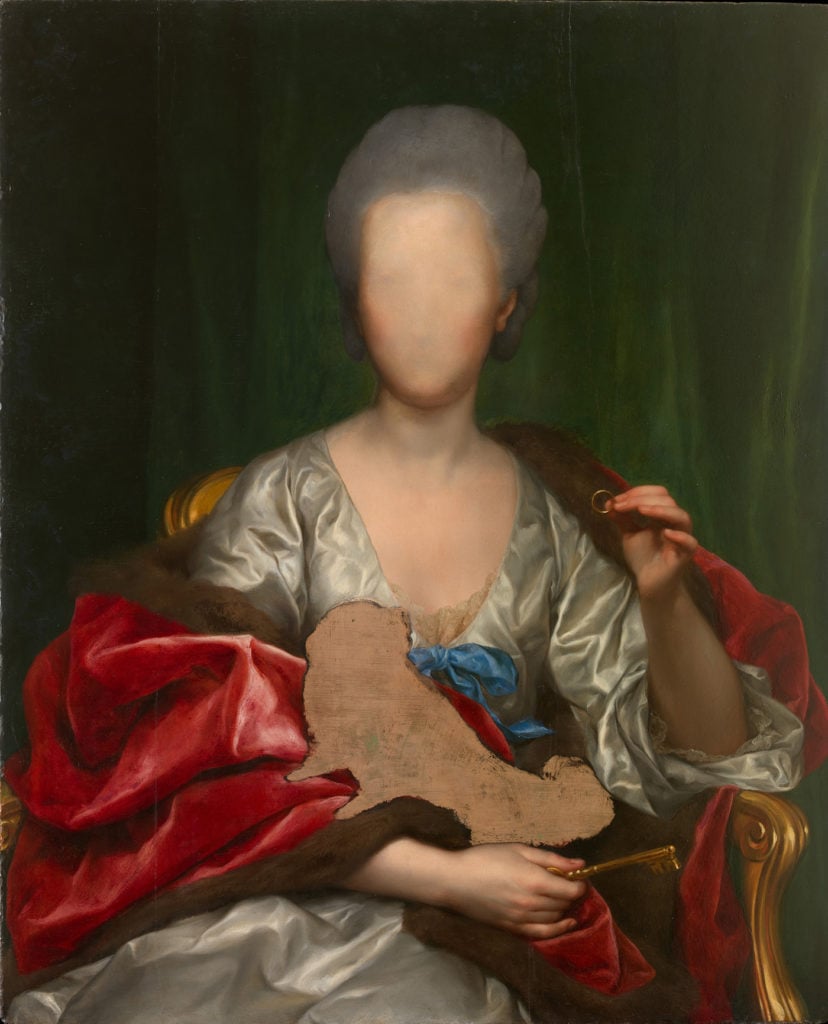Art Fairs
TEFAF’s Old Master Dealers Weigh In on the Unfolding $255 Million Forgery Scandal
How common are Old Master forgeries?

How common are Old Master forgeries?

Sarah Cascone

The inaugural American edition of TEFAF has touched down at a rather inauspicious time: an apparently-prolific Old Master forger is reportedly linked to some $255 million in fake paintings by as many as 25 artists.
Some dealers were quick to brush off the scandal as a non-issue. “No one is talking about it,” a representative of Paris’s De Jonckheere gallery told artnet News. Several dealers spoke on the topic only on the condition of anonymity, including one man who called the still-developing story old news. “There have always been forgeries,” another gallerist noted. “This is not a new phenomena.”
Dealers remain skeptical. New York gallerist Otto Naumann told artnet News that despite Sotheby’s decision to issue a refund for its $10 million Frans Hals painting, “I’m not sure we have absolute proof yet” that the canvas is a forgery, he says. He likened the findings of James Martin’s Orion Analytical, which discovered evidence of modern materials in the work, to an initial cancer diagnosis, saying you would certainly seek out a “second opinion.”
Because the paintings under suspicion were so widely accepted by the authorities (London’s National Gallery displayed a supposed Orazio Gentileschi, while New York’s Metropolitan Museum of Art exhibited a suspect St. Jerome attributed to Parmigianino, also sold at Sotheby’s), there is understandable cause to question whether connoisseurship is a reliable means of determining a painting’s authenticity, especially as forgers become more sophisticated in their techniques.

Anton Raphael Mengs, Portrait of Mariana de Silva y Sarmiento, Duquesa de Huescar, (1775) was purchased at TEFAF New York by Anderson Cooper despite its unfinished state. Courtesy of the Met Breuer Museum.
“This is coming at a time that the great connoisseurs are dying,” said Naumann, who wonders if this might have provided a window of opportunity for forgers.
He pointed to the late Hals expert Seymour Slive, who accepted the authenticity of the recently-discredited work by the artist, but only on the strength of a transparency. Would Slive have thought differently had he seen it in person?
Nevertheless, Naumann maintained that even if the paintings currently being investigated are fake, “it’s not going to be a big dent in the amount of Old Master paintings sold each year.” All things considered, he’s not worried. “I don’t feel exposed. Hopefully my eye is good enough!”
Carlo Orsi of Milan’s Galeria Orsi agrees. The scandal, he admitted, “gives a bad impression,” but fakes “are one in a billion.”
Orsi believes that due diligence on the part of dealers weeds out most suspect works. “We work in a very professional matter,” he said. On the other hand, he allowed that the so-called Hals is a very convincing looking painting, and “it is very difficult to recognize fakes on that level.”
Another dealer acknowledged, “To fake a Motherwell is one thing—to fake a Hals or a Cranach is really amazing.”
No one at the fair admitted to having come across any potential forgeries in the course of their business. Likewise, dealers told us that they had no reason to believe they had dealt in any of the suspect works. (artnet News not speak to Konrad Bernheimer, of London’s Colnaghi gallery, who sold the Lucas Cranach the Elder Venus, the first painting to fall under suspicion, to the Prince of Liechtenstein.)
Dealers might come across works that aren’t authentic originals, but that doesn’t mean they are deliberate forgeries. More likely, one dealer explained, “it’s a copy, it’s a follower, or a revival from the 19th century.” Of course, when something like this comes out, he added, “it’s not good for the market.”
To protect the gallery and its clients from fakes, “we do all the due diligence,” he said, noting that this is standard practice for all reputable dealers. “At TEFAF, every painting is vetted,” he assured us, but with one major qualifier: “I’m not saying you’re safe, because you never know.”
Overall, the consensus at TEFAF this weekend was that the apparent forgery scandal is unnerving, but that the Old Master market will not be affected in the long term. As Naumann put it, “I think it’s a story that is going to be a flash in the pan—but right now the pan is on fire.”